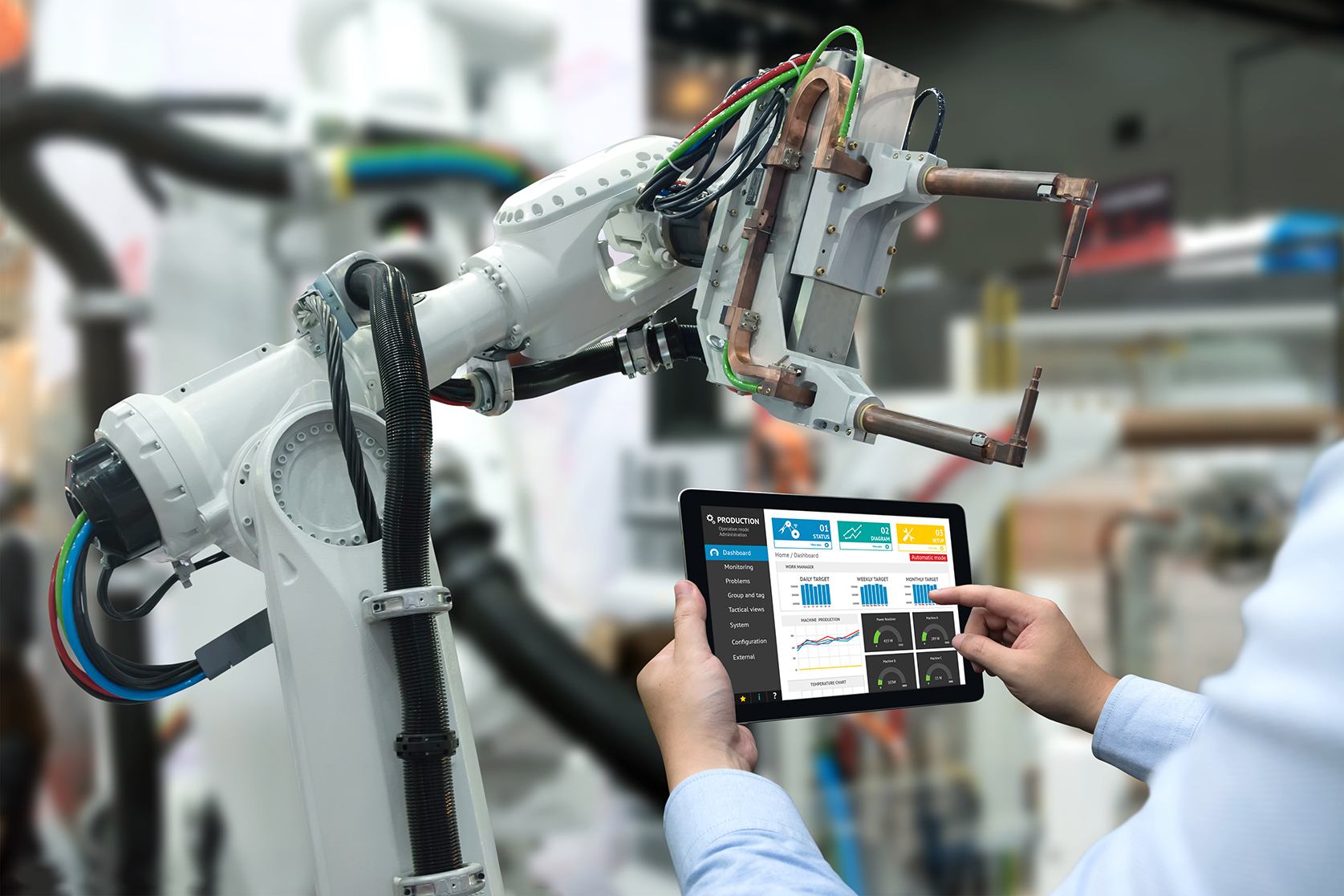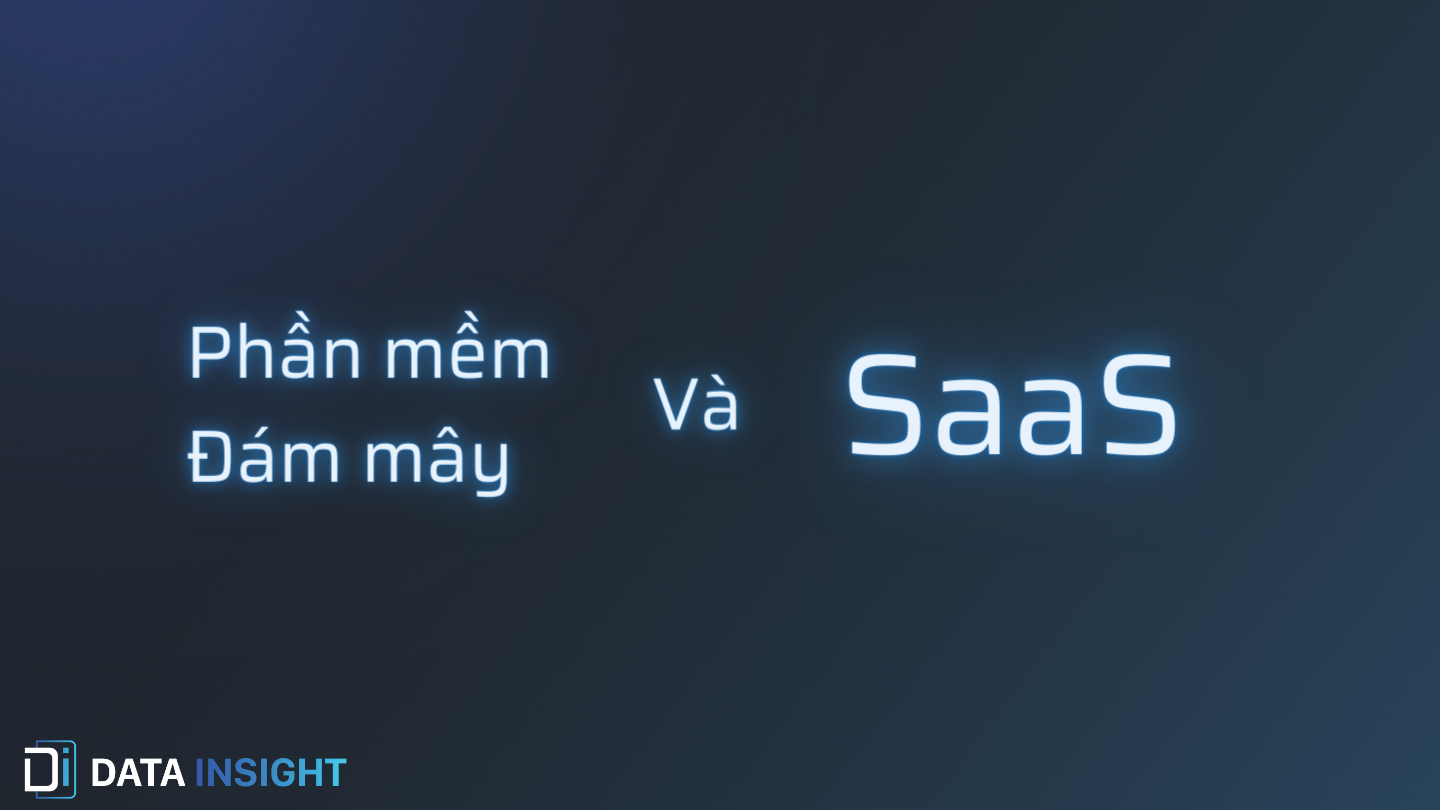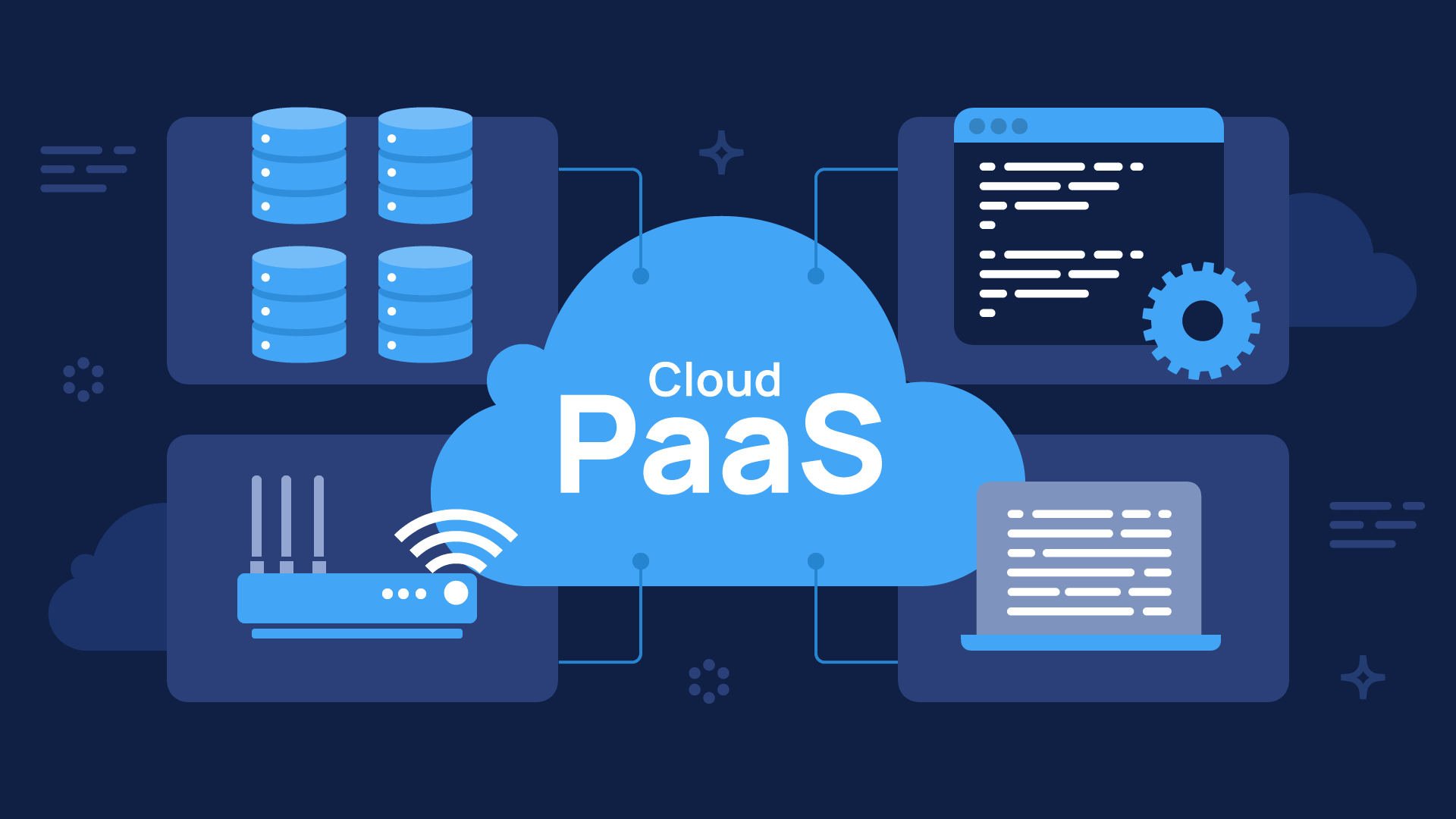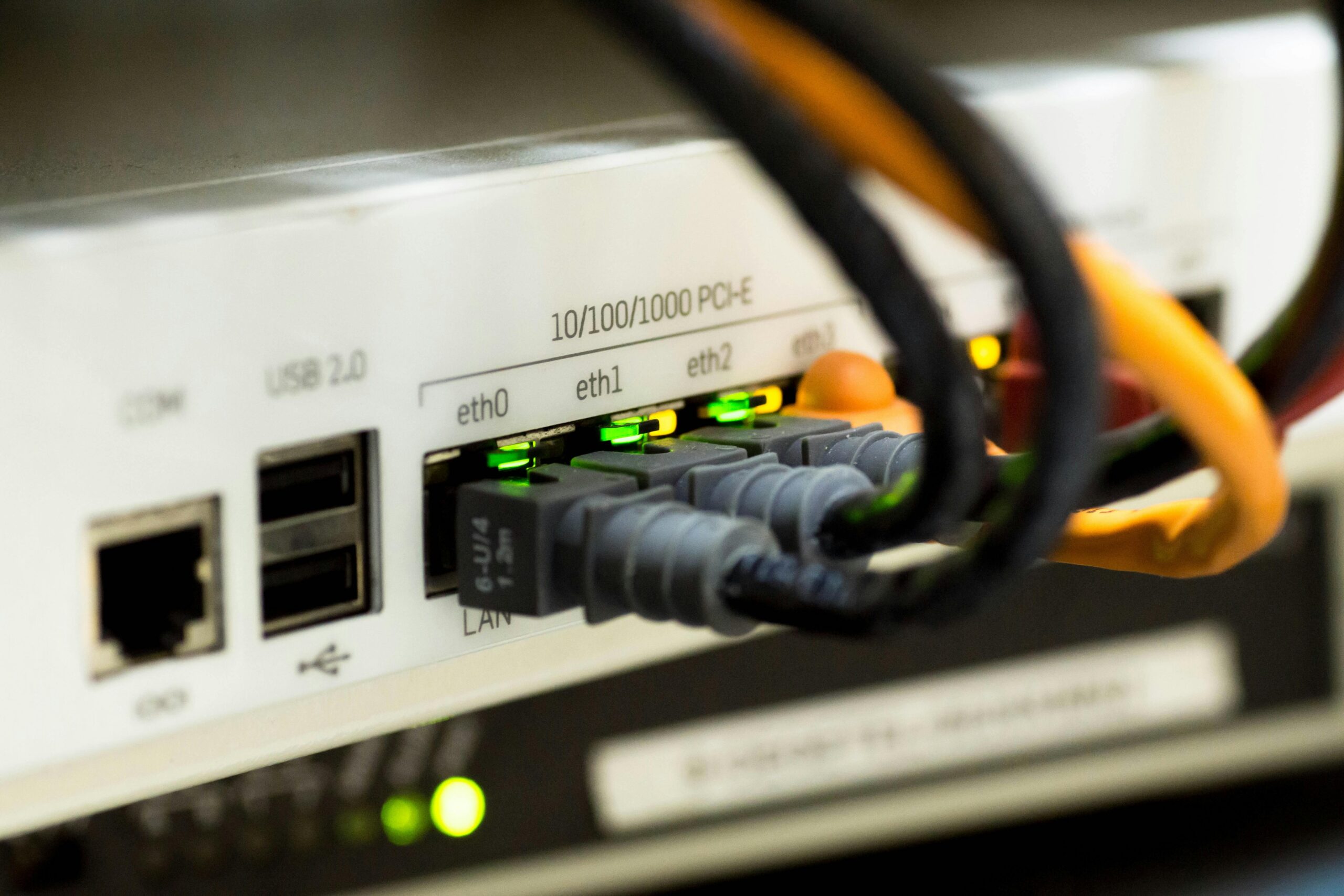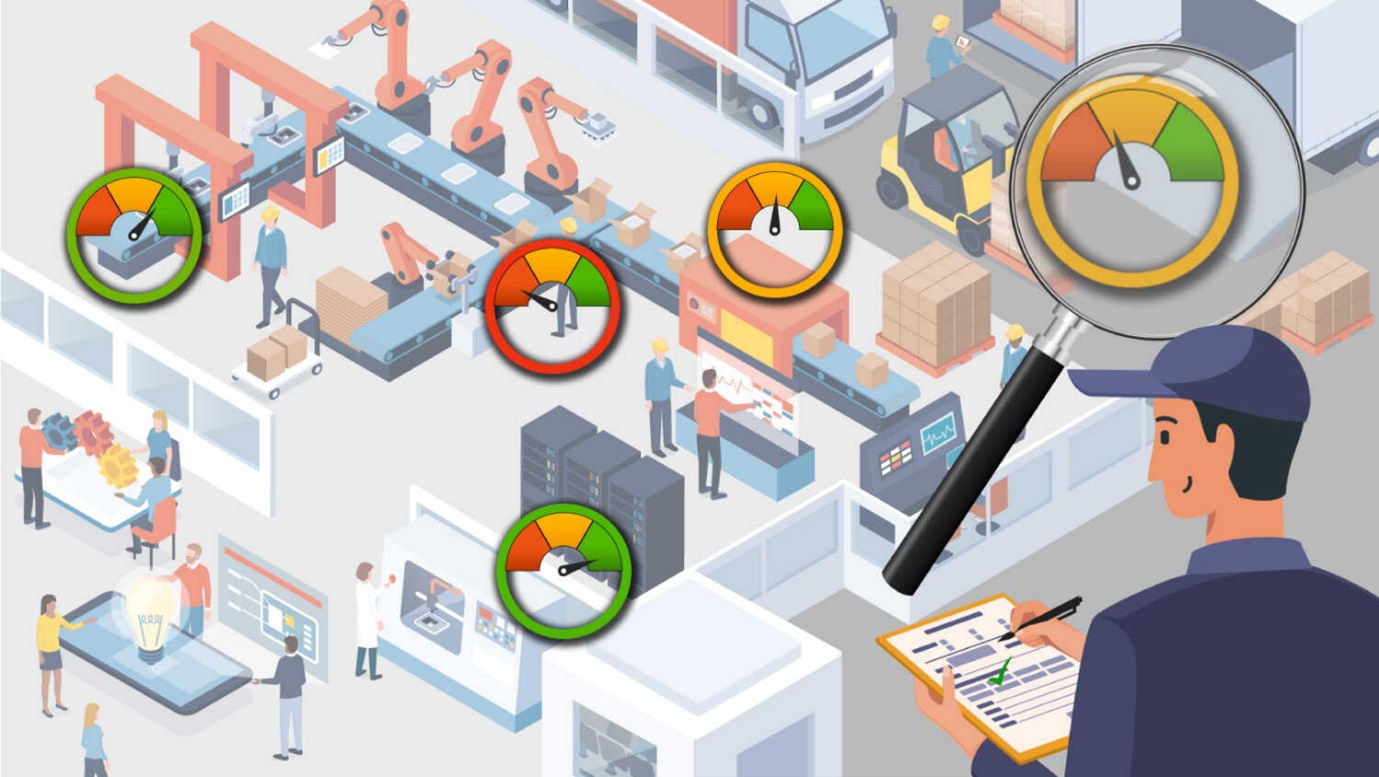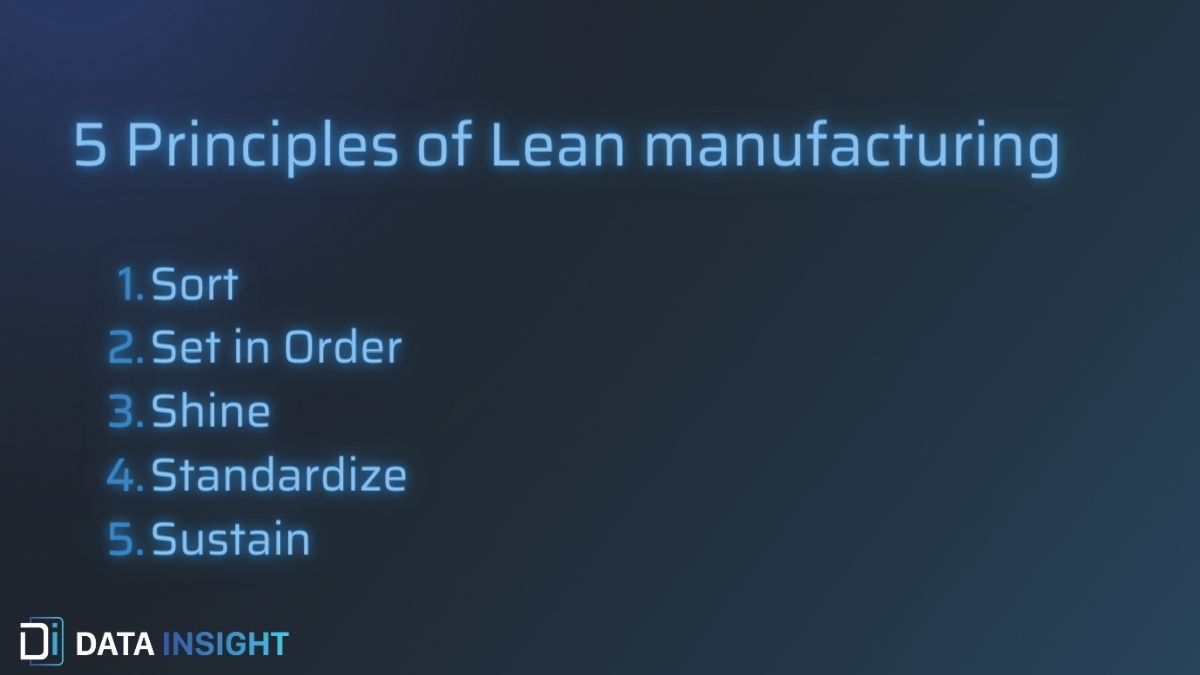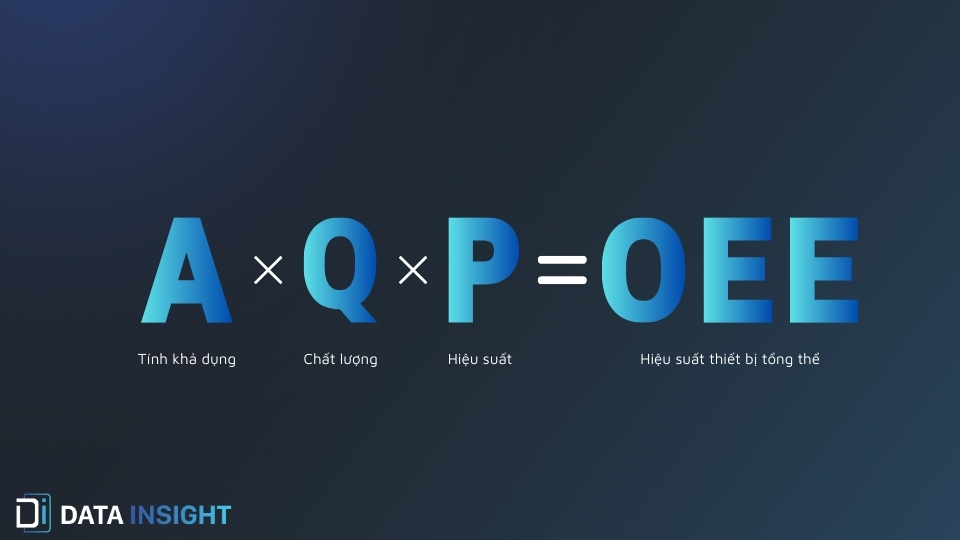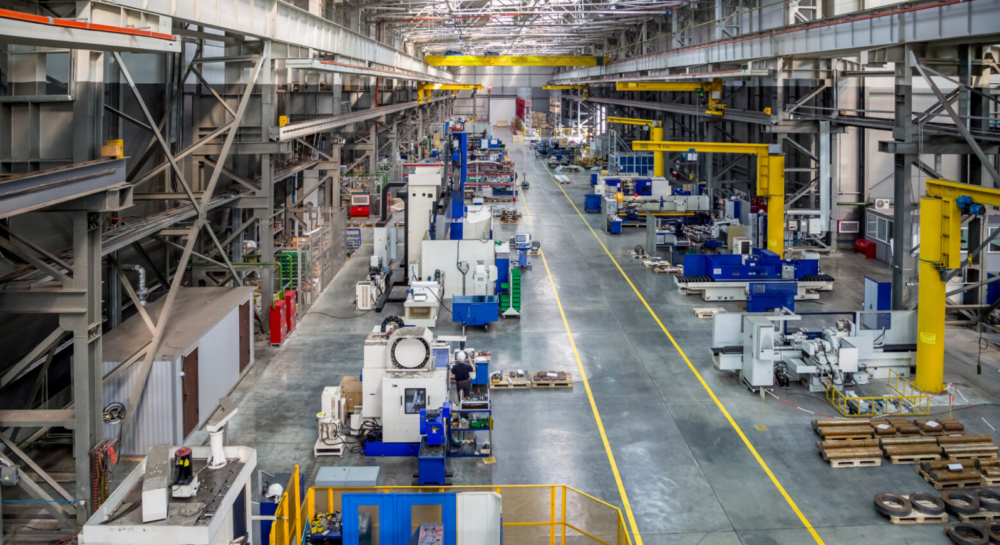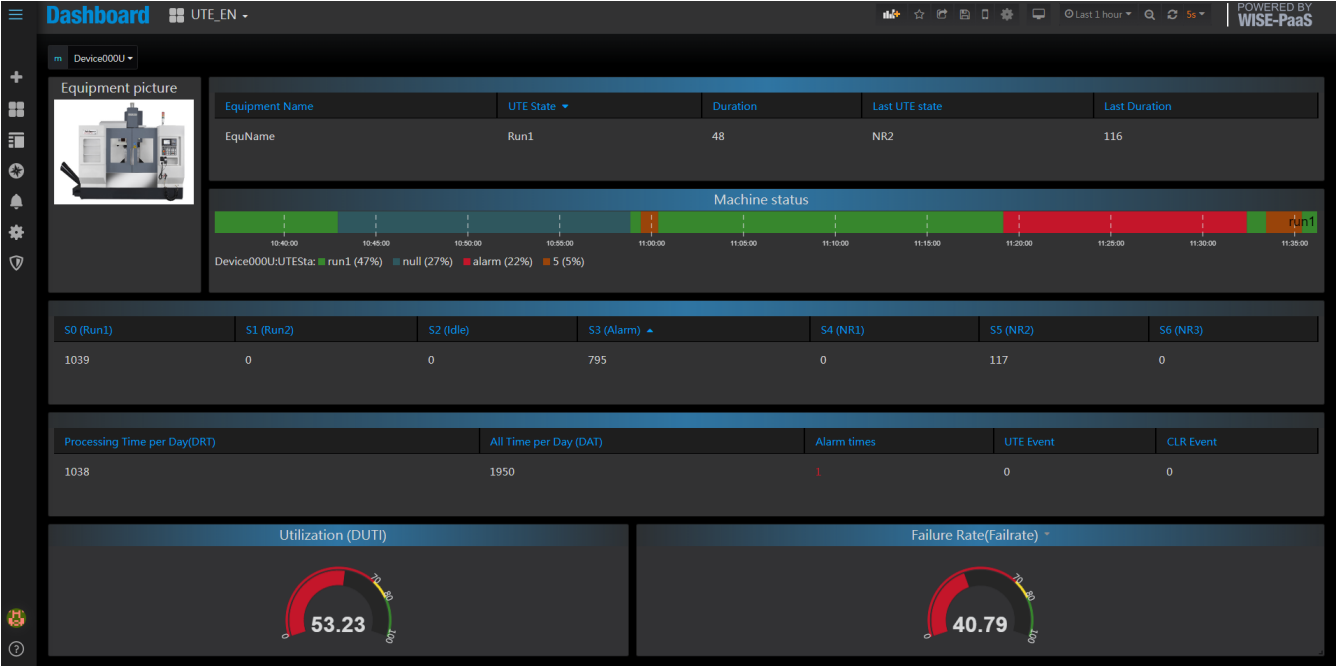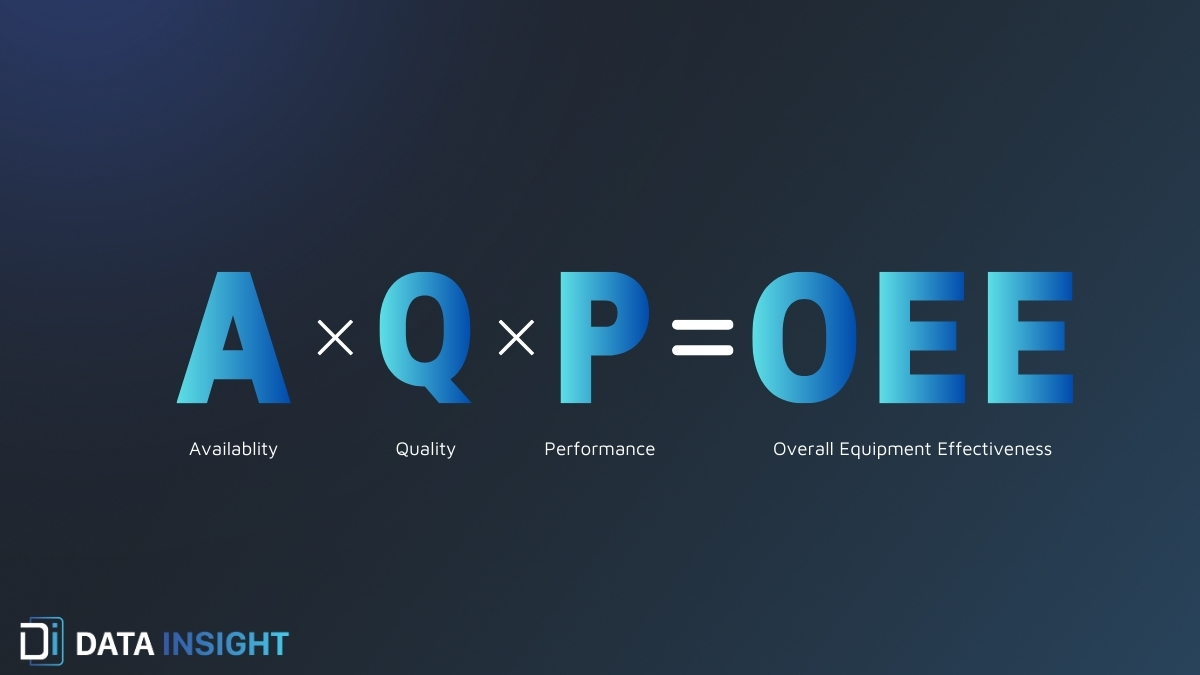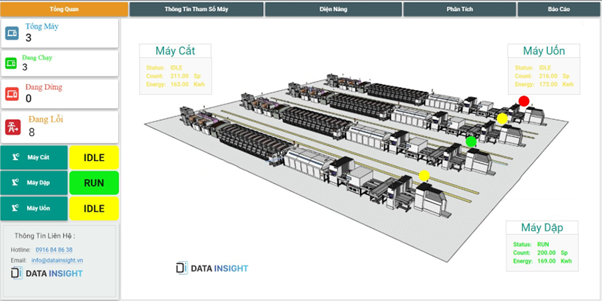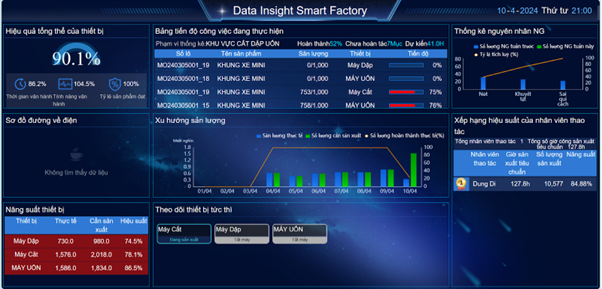Cloud and SaaS Continue to Instill Fear
Change can be scary, especially in manufacturing, where tradition and corporate culture can make it difficult to stray from the norm. Many manufacturing managers have been burned by initiatives that went nowhere after long and arduous learning curves and now resist change even more. This has certainly been the case with IoT projects, many of which end in pilot purgatory.
When it comes to the cloud and Software as a Service (SaaS) applications and platforms, many companies also worry about security and losing control over their data. This concern stems from legacy technology that historically was packaged as on-premise, perpetual solutions. Manufacturing leaders felt that they had greater control of the data that these systems collected and, since they were not cloud-based, there was greater security.
We are here to evaluate the validity of these assumptions and showcase the value of the Cloud and SaaS solutions.

Addressing Your Top Concerns
At Data Insight, we take these fears seriously. The range of security, data control, and other concerns have driven our commitment to develop a platform and a model that account for these issues. Below, we’ll address some of the top concerns that manufacturing leaders have and how Data Insight can help allay these fears.
“Our IT Department is Skeptical of the Cloud”
Compared to other industries, manufacturers are more hesitant to move their systems to the cloud. Still, adoption is rapidly increasing as they realize the benefits of increased security, accessibility, and scalability.
This reluctance among IT professionals is understandable, if not misguided. Having spent years building infrastructure, justifying IT budgets, training staff, running cables, and troubleshooting problems, they know their systems well. The thought of moving all that data to the cloud may feel as if they are losing control of it.
But consider this: At the end of 2020, 6 of 10 businesses had moved their software and data loads to the cloud. Of that number, 46% of businesses reported better performance on bottom-line costs. While these migrations to the cloud were underway, disruptions such as COVID-19 only accelerated them.
Data Insight alleviates the burden that other comparable on-premises solutions would place on the IT department. There’s no need to maintain servers, manage upgrades, or write custom integrations to take advantage of our SaaS and PaaS applications. Since the system is agnostic to machine type and integrates with other in-house software platforms to enhance and expand their capabilities, this reduces the burden for IT departments.
“The Cloud and SaaS is Less Secure”
There was a time when this statement was somewhat true. Early and fragmented cloud systems were fraught with open source and backdoor entryways into a company’s data. But that reality has entirely changed.
Today, the cloud is far more secure and less vulnerable than an on-premises solution. Why? For one, because of economies of scale, giants like Amazon Web Services (AWS), Azure, and Google Cloud can expend capital resources for top-notch security far greater than on-premise or in-house systems.
Second, in-house monitoring on a 24/7 basis is cost-prohibitive, and many companies cannot expend that level of resources, meaning their security will be less comprehensive. And since most attacks originate at workstations rather than the server level, the argument that data is less secure is losing steam.
Best practices can address most concerns in-house, making the cloud the more secure option. Enhanced encryption makes access difficult to gain from the outside. Besides, other industries have moved to the cloud. And many of those reading this now must admit that their financial data lives in the cloud, so why shouldn’t their manufacturing data?
“We Don’t Want to Lose Control of Our Data”
This fear comes from a misperception. Data stored in the cloud is part of an ecosystem that offers superior backup, disaster recovery, and other safety features to ensure the continuity and integrity of your data.
Look at it like the interstate highway system. The entire buildout provided safer, faster passage for individuals and businesses. Standardized structures, on and off-ramps, and other features were designed to make the movement of vehicles more efficient. But where you go, what you carry, and the vehicle you drive is up to you.
The cloud is similar in that it doesn’t control your data. The cloud simply provides a structured, secure, and resource-rich environment to store, move, and access the data. Companies maintain all the control over their information.
This efficiency is driven by the fact that you don’t have to maintain a database or worry about backups and redundancy. If anything, you gain greater access to – and the ability to drive value from – your data.
Data Insight’ mobile-friendly, secure cloud application allows you to access this data anywhere and requires no servers or automatic updates, and has minimal IT expenses. All that’s necessary is that machines are networked and accessible from our IoT gateway device.
“Subscription Services are More Expensive in the Long Run”
When comparing cost to ROI, SaaS solutions are far less expensive upfront and avoid the high ongoing costs of on-premise solutions. A brief look at the comparison between on-premise licenses and cloud-based subscriptions reveals why.
In an on-premise licensing environment, you pay for the license. Additional upfront expenses include customization, implementation, hardware, IT staff, maintenance, and training. Ongoing costs include performance tuning, downtime, integration issues, upgrades, and patches. On-premise solutions also require expensive servers when scaling. These systems drain valuable IT resources since they fall on IT to manage and support.
The only ongoing cost of cloud-based SaaS and PaaS is the subscription itself. The “under the hood” tasks that drive up costs in on-premise software are included in the subscription-based plan. A Data Insight’ subscription comes with access to, and support from, our world-class Customer Success Team.
“We Prefer the Traditional Model That We Used for Our On-Premises Software”
As we mentioned at the beginning, change can be scary. But holding onto a model quickly moving into the background can carry significant disadvantages. For one, legacy providers of on-premise software have minimal incentive to keep you happy once they’ve sold you your licenses.
Fees for upgrades, support, and other functions required by the provider are costly. Many companies wind up letting upgrades and patches slip or deferring support until they have a large enough issue to justify the cost. This delay diminishes the system’s integrity significantly and makes “catch-up” even more difficult and expensive.
Cloud-based systems can also provide a competitive edge. SaaS and PaaS offer instant upgrades, flexibility, superior scaling capability, and other value-added capabilities that on-premise software does not.
Anyone trying to retain an on-premise solution will be limited in scalability and IoT integration from the start. As on-premise models fade into the background, the cost of support services will only continue. It’s akin to clinging to VHS tapes instead of streaming, despite diminishing availability and higher costs.
Finally, most on-premise software will eventually move to the cloud. At best, they’ll offer cloud-based software as a primary product and incentivize it by making on-premise software expensive to the point of being cost-prohibitive.
With a SaaS model like the Data Insight’s AIoT Platform, we have to win your business every year. Our success relies on your ability to be successful, so we’re committed to delivering a high-quality onboarding experience, ongoing support, investment in product innovation, and more.
Moving Your Operation to the Cloud
Manufacturing is getting smarter. Cloud-based SaaS systems are allowing companies to reach efficiency greater than ever imagined. While not every company is ready or able to utilize cloud and SaaS solutions yet, the day is coming when it’ll be a fundamental shift for them to undertake.
By understanding the benefits of SaaS compared to the upsides and downsides of traditional on-premise software models, companies can make informed decisions to remain sustainable and competitive. Because in today’s hypercompetitive world, it isn’t enough to keep up with technology trends – companies must embrace them, understand their value, and prepare their team to deploy them for the company’s benefit.
Now that you know the cloud can be just as secure as any in-house security efforts while being faster, more flexible, and more cost-effective, you may want to rethink traditional models. Ask yourself if those previous misconceptions and fears of the cloud are keeping you from moving toward a path of future success.
Don’t let legacy technology stifle your innovation, learn how Data Insight can provide a foundation for continuous improvement by booking a demo.
If you’re interested in how Data Insight provide you our OEE software, improve efficiency of your plant and drive profit for your business, don’t hesitate to schedule a demo with our team.
Contact us now at!
DATA INSIGHT TECHNOLOGY VIETNAM COMPANY LIMITED
- Hotline: 0916.848.638
- Hanoi office: Số 6 Kim Đồng, phường Giáp Bát, Quận Hoàng Mai, Thành phố Hà Nội, Việt Nam
- HCM City office: 99 đường Cộng Hòa, Phường 4, Tân Bình, Thành phố Hồ Chí Minh, Việt Nam



